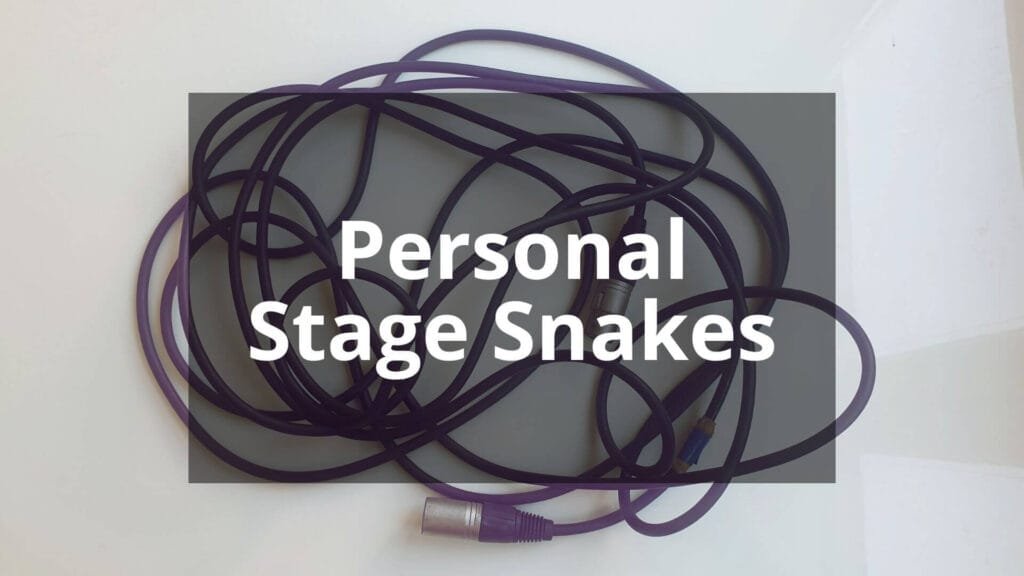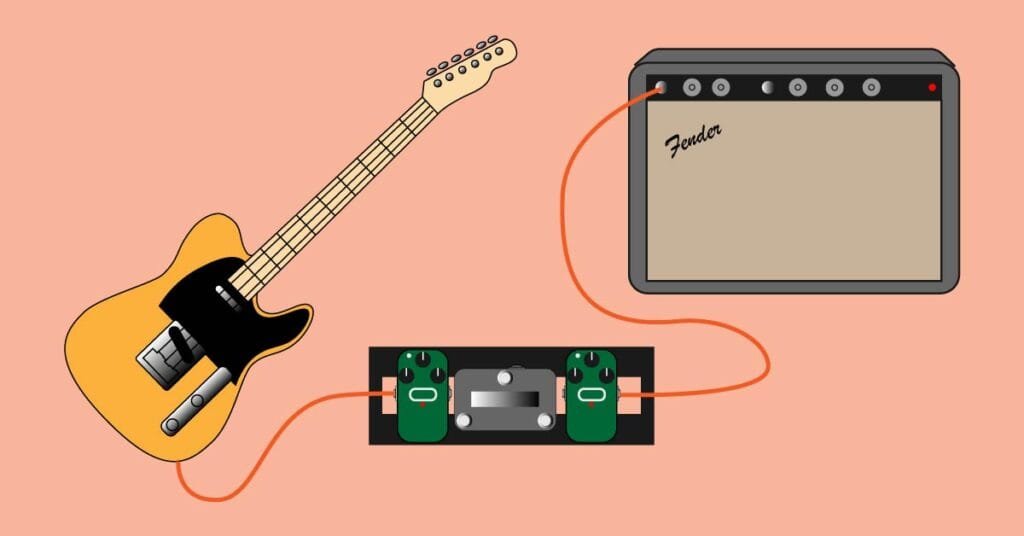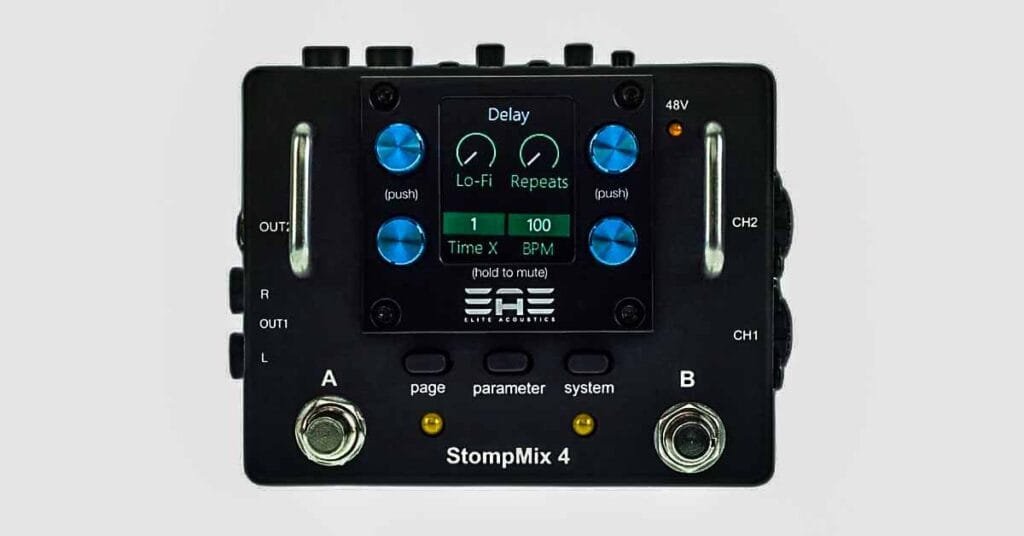FRFR speakers demystified: The revolutionary box for modern guitarists
Introduction
Modern technology has a huge impact on musicians’ gear. Guitar and bass gear is no exception. Digital technology has opened up a whole new world for the modern guitarist. Digital effects, modeling amps, and IR (impulse response) have come a long way and sound better than ever. These new improved tools needed a new type of speaker that could faithfully replicate the sound they were producing. The FRFR speaker was the perfect solution.
In this article, we will explain what an FRFR speaker is, its key features, and the most common applications they are used for. Guitarists, bassists, and sound engineers will benefit from understanding how they work so that they can implement them into their future work in the music industry.
What are FRFR speakers?
FRFR stands for Full Range, Flat Response. As the name suggests, FRFR speakers are designed to reproduce a neutral sound with no coloration. Traditional guitar speakers just like Hi-Fi speakers are designed to color the sound they receive to personal taste and purpose. Guitar speakers emphasize the midrange frequencies that are characteristic of the sound of the guitar or bass. On the other hand, FRFR powered speakers are designed to deliver all frequencies (20Hz to 20kHz = Full Range) equally (= Flat Response) and with no alteration of the original signal.
This is achieved through the new design of the components of a speaker, such as the woofer, tweeter, and crossover. The physical design of the cabinet is also made without emphasizing any special frequencies. FRFR speakers are powered speaker cabinets by default making gigs easier for modern guitarists.
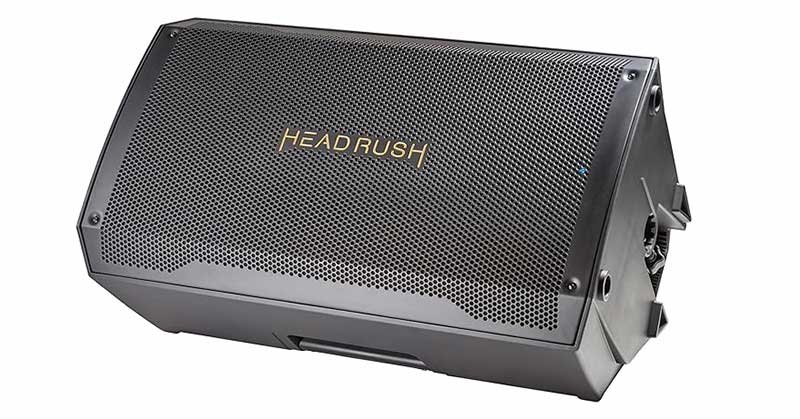
Key features
Flat response
FRFR speakers provide a neutral sound that allows us to hear every nuance that the effects and modelers are producing. This is very important when using IR.
Wide frequency range
The entire frequency spectrum that the human ear can hear can be handled by a FRFR speaker. This is a very different approach than what the traditional guitar speaker has. Normal guitar speakers focus on specific mostly mid-range frequencies that are characteristic of guitar.
Powered units
FRFR speakers for guitar are powered speaker cabinets making them perfect for live performances. They are designed to work with high volume with no distortion. They are wedge-shaped on one longer corner and look very similar to a standard powered stage monitor. Since they do not color your sound, they are perfect for playing with different volume levels.
Common applications of FRFR speakers
1. Live guitar and bass applications
FRFR speakers allow players to accurately hear the sound that their digital amp modelers and effects processors are producing. This is important when you play in a cover band where you use simulations of various guitar rigs with different amps and speakers that are emulated by your digital gear. This would be impossible with a traditional guitar amp or cab, which would color the faithfully replicated (already-colored) sound coming from the digital modelers.
FRFR powered speakers are a replacement for the traditional guitar amp for guitarists who rely on digital modeling. FRFR speakers and traditional guitar amps, both serve as guitar monitors which are normally positioned behind the player. Since most players also use a classic stage monitor in front of them, a new way of monitoring is evolving. Many guitar and bass players are finding ways to minimize and simplify their workflow. A very simple solution is to have only one FRFR speaker cabinet placed in front of the musician where the guitar and other instruments (mainly vocals) are heard eliminating the use of one more guitar monitor in the back.
2. Keyboard amplification
FRFR active speakers are perfect for keyboard players. A standard keyboard amp is very similar to an FRFR amp but can have some coloration and EQ and gain freedom that some prefer. As mentioned above an FRFR amp can act as a one-monitor solution for keyboard players as well.
3. In the studio
Guitarists need to hear their instruments as clearly and loudly as they need on stage. The same goes for studio applications. When recording with digital modelers a FRFR speaker is needed in the studio as well.
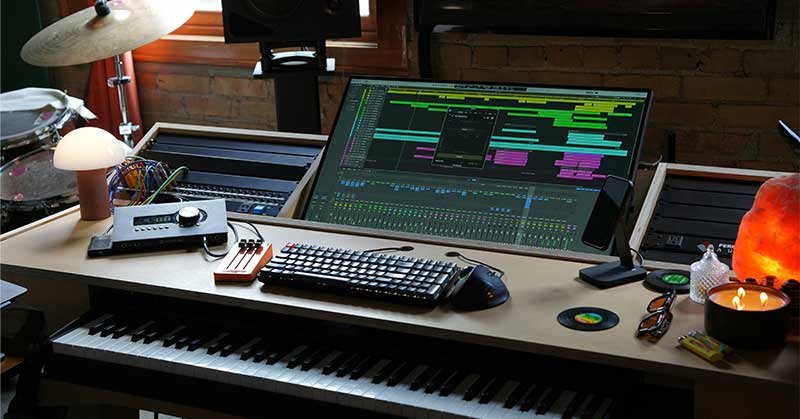
4. Home practice and rehearsals
Same as above, the need for an FRFR speaker is the only way to go when rehearsing with your band or when practicing at home when using amp and cabinet modeling. FRFR speakers are convenient for playing with a lower volume at home since they don’t change the tone of your instrument like a classic tube amp does when played with low volume.
5. PA (FOH) applications
Public address (PA) systems are designed similarly to an FRFR speaker as they are designed to deliver the whole frequency range. If you should ever need a fast replacement for a bad PA speaker the FRFR speaker will be a reliable replacement as long as you don’t need lots of power.
Pros of FRFR speakers
- Versatility: Guitarists have the freedom to completely change their sound faithfully delivering sounds of various rigs.
- Consistency of tone: No matter what venue you play FRFR speakers have a consistent tone.
- Recording: Recording the sound of your guitar live or in the studio is extremely easy.
- Volume control: FRFR speakers give us the freedom to change volume without sacrificing quality.
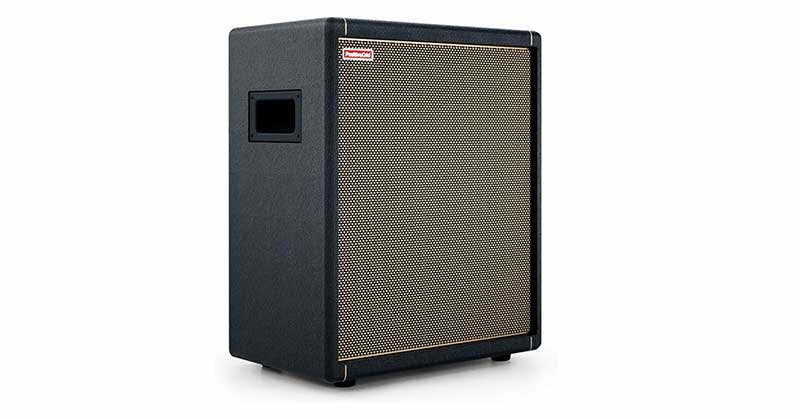
Comparing FRFR speakers to other speaker types
FRFR speakers differ from other popular speakers used by musicians in many ways. Here are the main differences.
FRFR speakers vs traditional guitar cabinets
Classic guitar cabinets are not designed to reproduce the whole frequency spectrum as FRFR speakers. Traditional guitar cabinets emphasize frequencies that are typical for the guitar, usually midrange ones. The cabinet’s construction and shape contribute to the same goal: making the electric guitar sound warm with lots of midrange frequencies being louder than the other.
Traditional guitar amps usually handle a narrower frequency range altogether, somewhere between 70-300Hz up to about 5kHz. They come in various sizes, with different speaker configurations and materials that they are made of. A classic guitar amp with a single 12-inch speaker will sound differently than with 2 or 4 same-sized speakers in it.
FRFR speakers vs stage monitors
There are many similarities between stage monitors and FRFR guitar speakers. The main one is the ability to reproduce a full-range signal. Some top-class stage monitors are real FRFR speakers but most are not designed to reproduce a 100% full range signal. This lies in the fact that stage monitors are made to reproduce any needed instrument and vocals, not just the guitar or bass.
Stage monitors are not built with only the guitarist in mind. They are designed to project sound with less dispersion compared to an FRFR speaker.
FRFR vs PA speaker
PA speakers just like stage monitor speakers are designed in a wide-frequency range manner. But their role is different. They are made to faithfully reproduce all the instruments: guitars, bass, drums, keyboards, horns, and vocals. To achieve a realistic overall sound of the band there is a curve in the EQ (also known as loudness) where bass and high frequencies are boosted.
Guitarists could use a PA speaker for their digital modeling rig but would have to tweak the EQ to make them as flat as possible which is additional work and will not work as well as an FRFR speaker.
Conclusion
FRFR speakers are getting extremely popular for their modern approach where digital rigs are used. Amp modeling, cab sim (or speaker emulation), complex effects, and the use of IR cannot be faithfully reproduced without the use of FRFR speakers. Their neutral, non-coloring sounds accurately reproduce the sounds that we want to hear from our modern digital guitar rigs.
Although they are similar to monitor and PA speakers their task is specific so using them may be a solution, but only on occasions when our FRFR speaker isn’t working or we are tight on budget and still have to purchase an FRFR speaker in the future.
FRFR speakers are not limited to only live applications. They are the perfect tool for studio and rehearsal. As for pricing, the best FRFR speakers are no more expensive than a similar-quality classic guitar amp. The smallest FRFR speaker usually comes with an 8-inch speaker which is best for those looking for a minimal gear approach.

